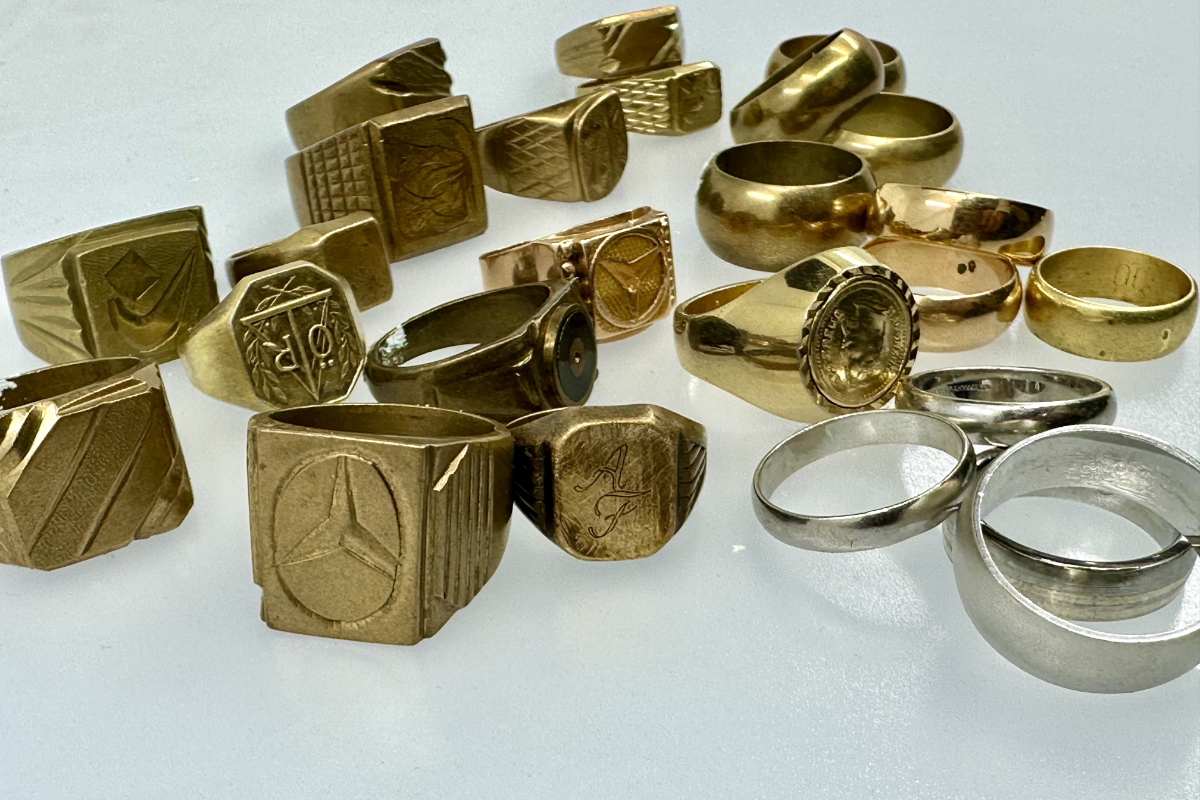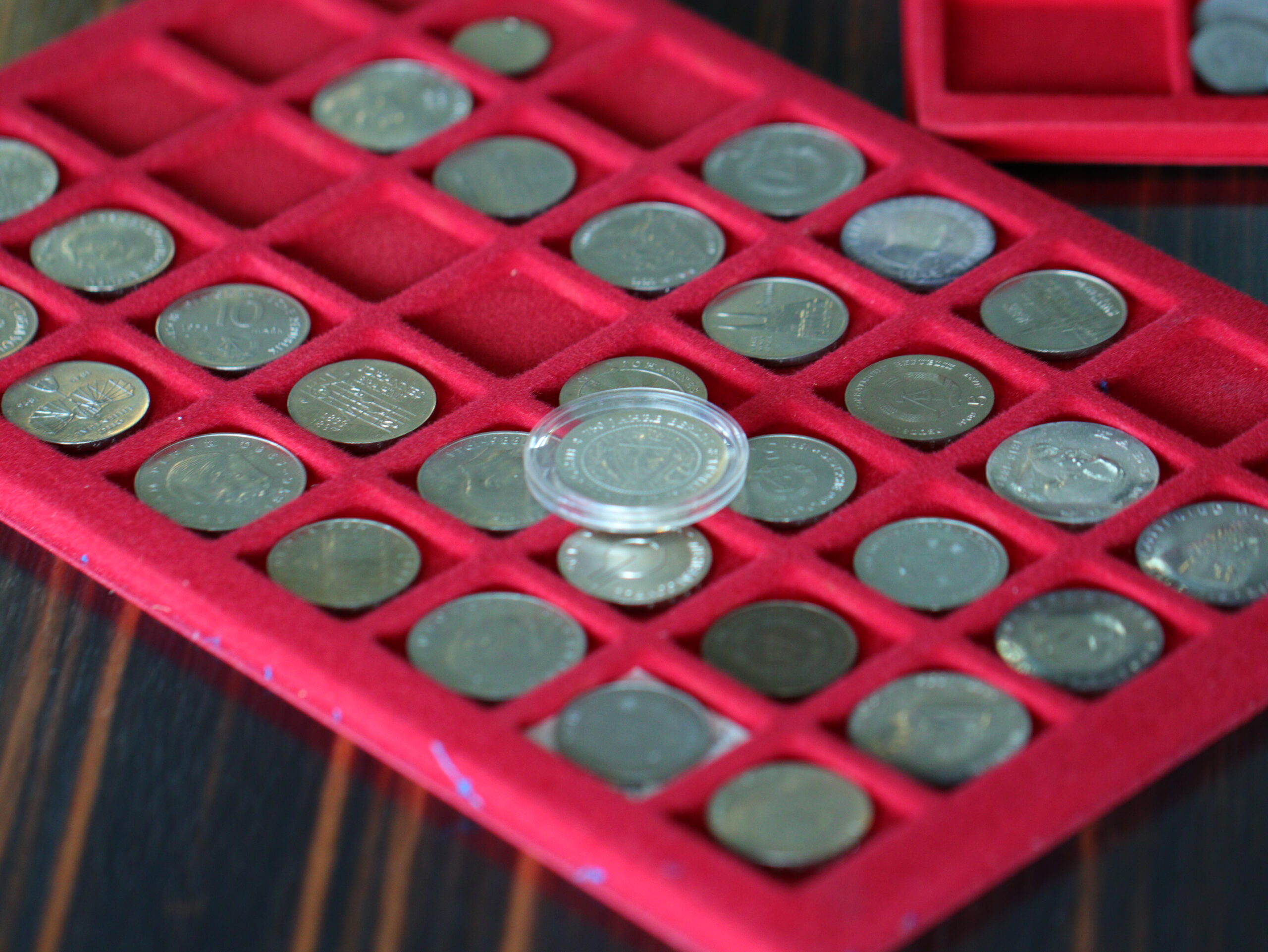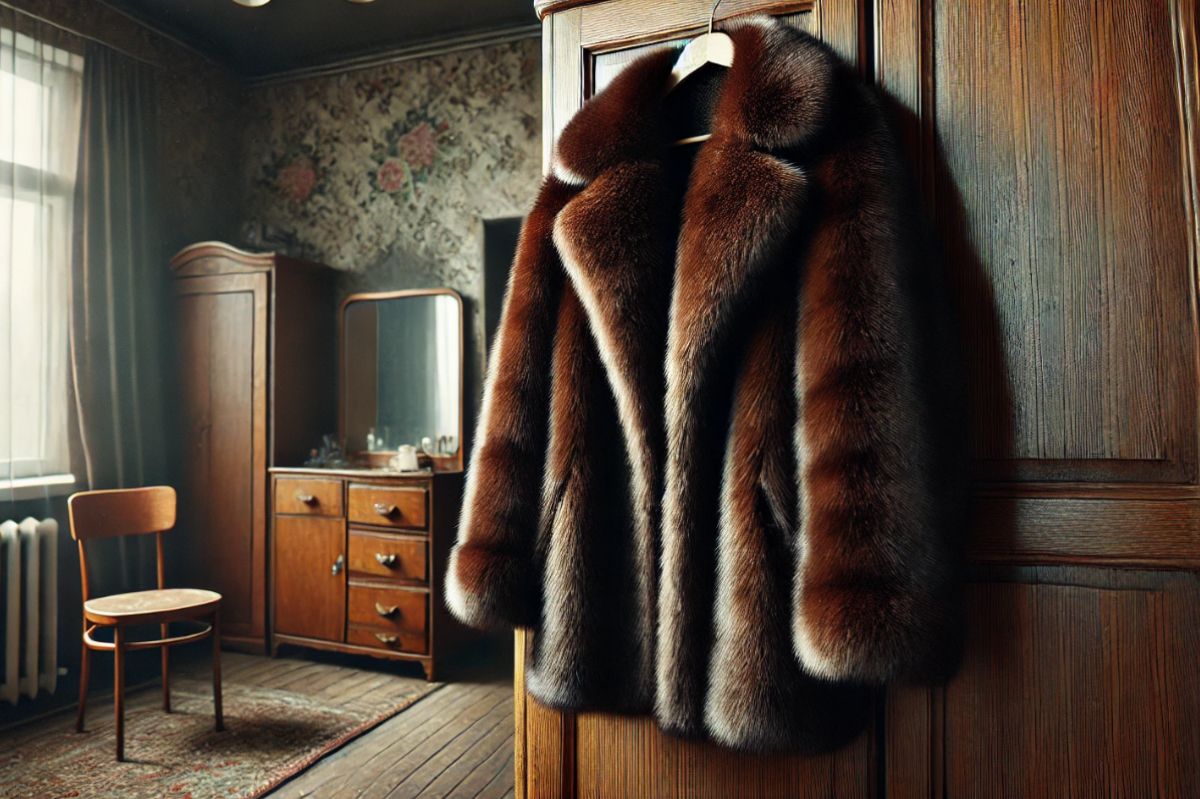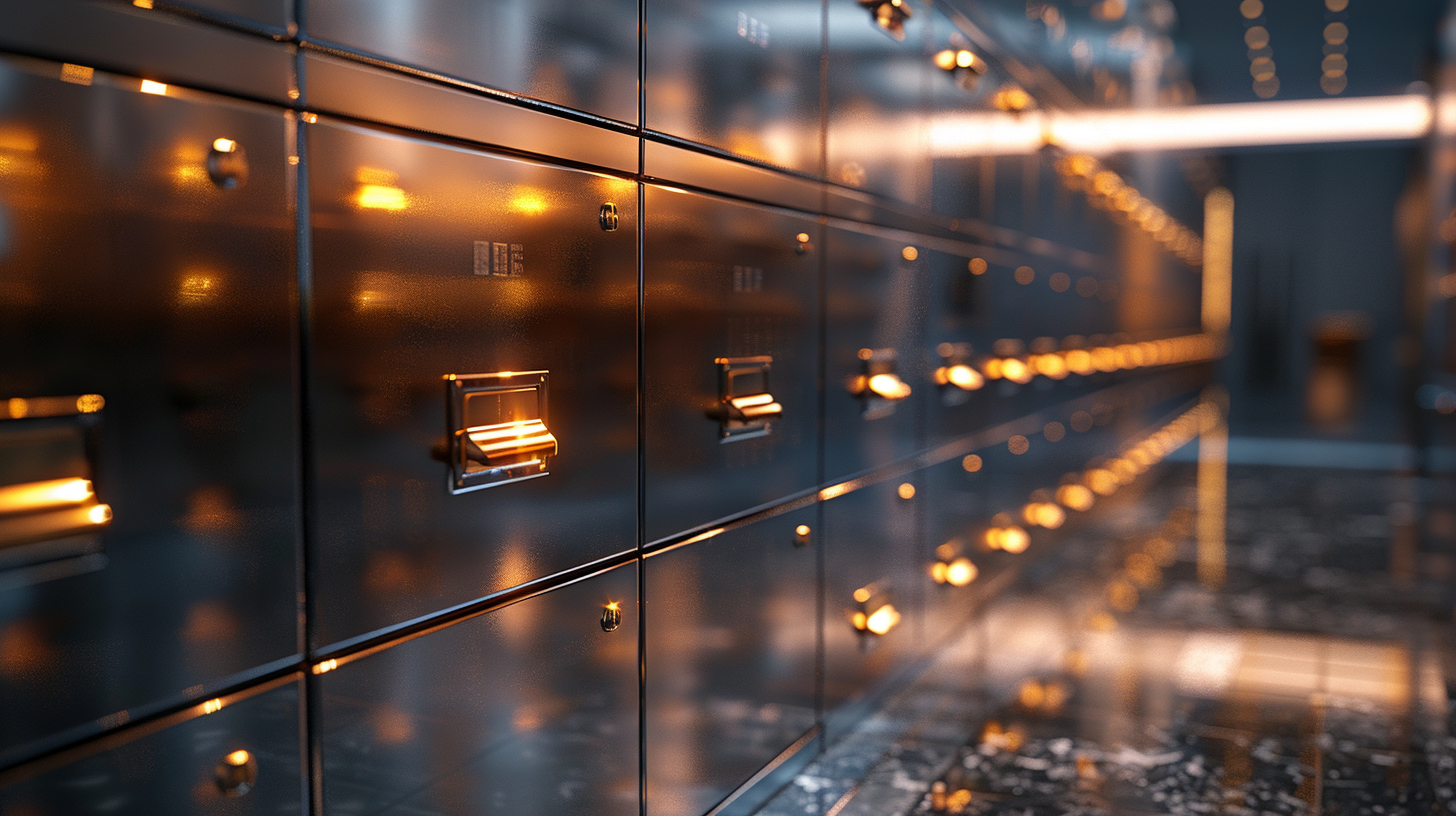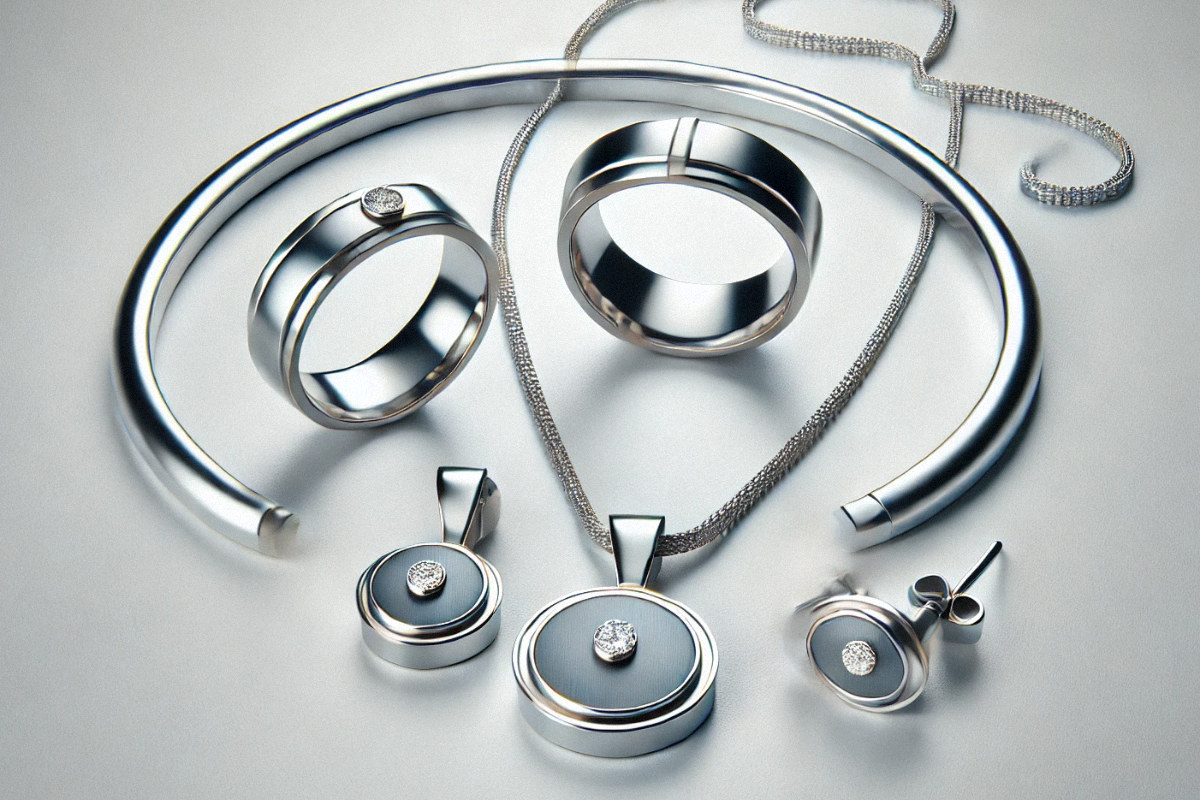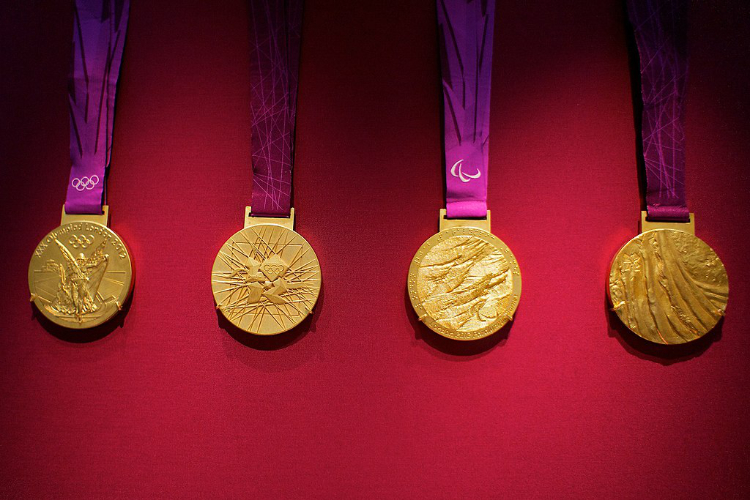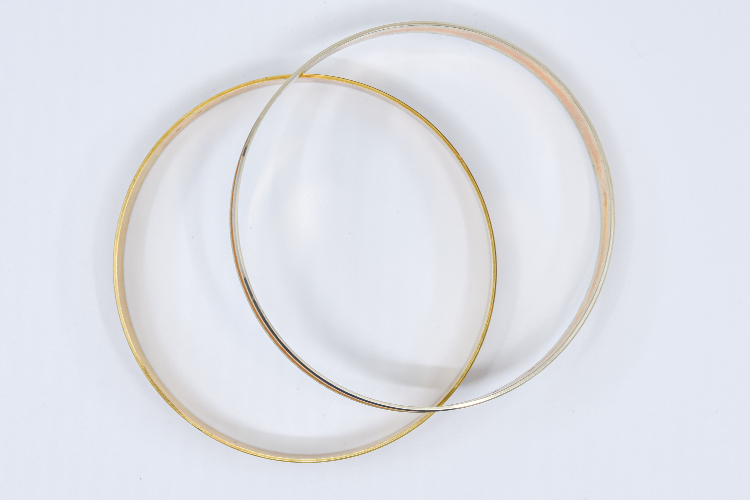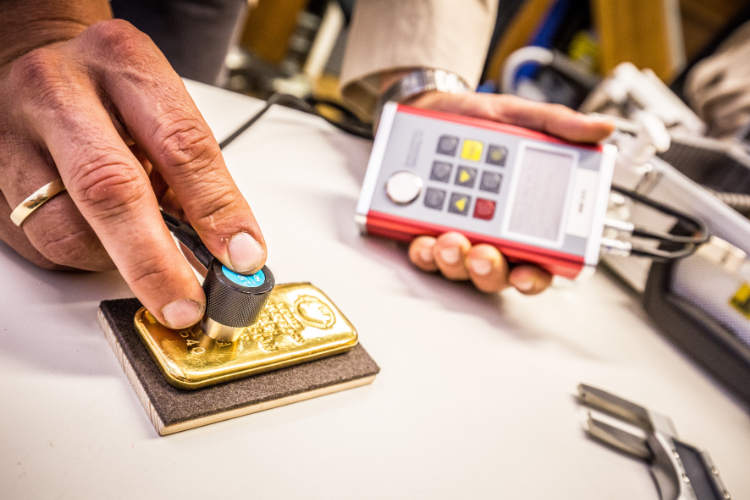
All that glitters is not gold! Counterfeit gold bars and gold coins keep popping up. As counterfeits are becoming more and more perfect, it is becoming increasingly difficult to tell the difference between genuine and counterfeit goods, especially for laypeople. In many cases, banks have already withdrawn from the retail gold business after repeated bad purchases and precious metal dealers have upgraded - they have professional testing equipment and precise measuring methods at their disposal with which even the best gold counterfeits can be identified. However, you can also carry out some tests at home with simple tools and test whether your gold is really genuine.
You can check the authenticity of your gold yourself at home using the following methods:
Tip 1: Visual inspection
First of all, you should compare your gold coin or bar with the official product images of the mint on the Internet or pictures in catalogs. Does the appearance of your gold piece correspond to the original or are there any deviations in the details?
Some coins, such as the Vienna Philharmonicare minted with the same motif in every year, while other coins, such as the China Panda, look different in every mintage. Pay particular attention to the details and how they are worked.
- Are the contours of the embossing clear or do they appear flattened?
- Does the writing appear blurred or rubbed off?
- Is the relief of the coin particularly high - or higher than the edge?
(Does the coin rotate for a long time on a hard surface or does it quickly slow down?)
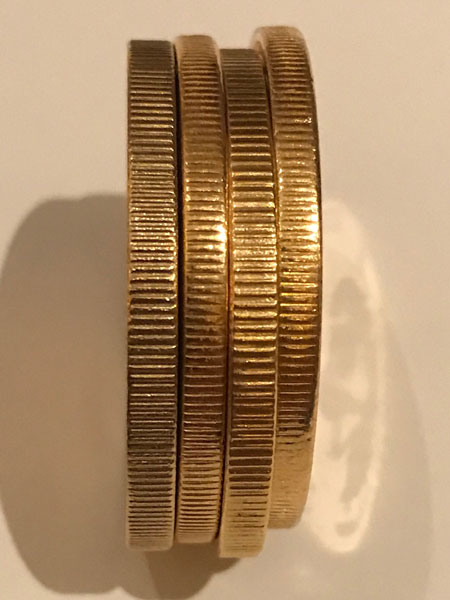
Also look at the edge of your coins and bars. Is the edge ribbed or smooth and should it really be? Are there any irregularities that indicate that base metals have been incorporated?
If the edge appears rounded instead of straight - this could be a trick for counterfeit coins with less gold content to cover up a little extra thickness and still achieve the weight of a genuine coin inconspicuously.
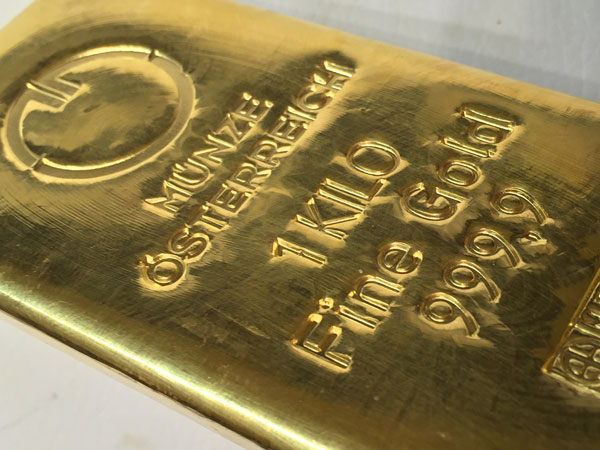
On ingots, unusual solidification lines and damaged edges can be indications of forgery. Rounded or particularly polished areas on the sides of bars can also be a warning sign that a foreign material has been incorporated. Some manufacturers now have embossed patterns on their bars to make subsequent manipulation more difficult.
Also check existing manufacturer certificates carefully. It happens time and again that gold coins or gold bars are almost perfectly counterfeited, but the accompanying certificate or plastic blister is easy to recognize as a fake.
Check the logos of the manufacturers or mints, printed texts and compare them with the official images of the cutting and minting facilities.
Tip 2: Sound sample
Gold coins have a characteristic sound. If they are dropped from a low height onto a hard surface, they sound bright, persistent and "noble".
For laymen, however, this test only makes sense if you have at least two identical coins and can therefore make a comparison. If both coins are dropped one after the other, they should also sound similar.
Although this trick is very common and is true 99% of the time, it still happens that coins that are genuine sound fake due to production errors. If in doubt, simply keep your hands off them.
Tip 3: Dimensions & weight
Checking the dimensions and weight is more meaningful. Because most base metals, such as copper, zinc and lead, have a completely different density to gold, clumsy forgeries made of foreign materials can already be noticed when measuring and weighing.
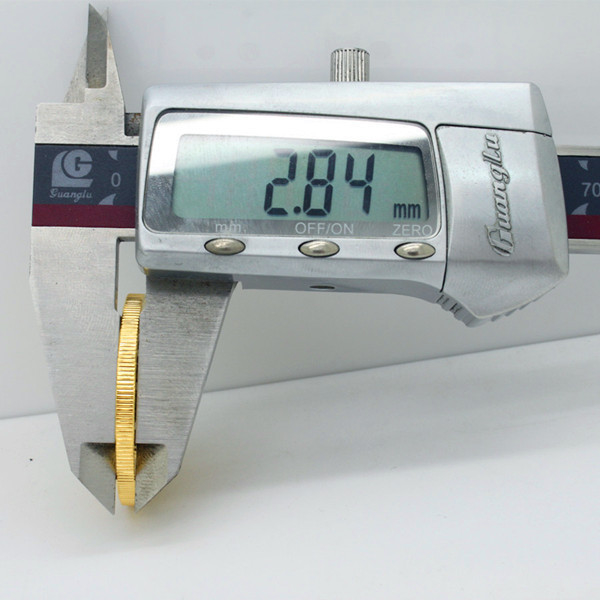
Use a fine weight scale and a caliper gauge for checking.
For common investment gold coins, there are also corresponding test templates, so-called coin fish (e.g. "The Fish"), with which you can efficiently check diameter, thickness and weight.
The first thing to check is whether the diameter, shape and thickness of the bars and coins match the values specified by the issuing mints. Again, you can find the exact dimensions on the official websites, but also at specialized dealers (of course also here on Goldundco.at).
If your piece deviates from the specified values, i.e. if the coin is significantly thicker or thinner, or if your ingot has completely different dimensions than it should have, it is reasonable to assume that your piece is a counterfeit.
Now place your coin or bar on the scales. Investment coins and bars made of pure gold (999.9/1000 or 24 carat) with 1 ounce should weigh exactly 31.10 grams.
This weight can of course vary for coins with a lower gold content. The 1 ounce Krugerrand (fineness 916.67 /1000 or 22 carats), for example, should weigh 33.93 grams due to the copper added to the alloy.
If the weight of your coin or bar differs from the original - despite correct measurements - it must be assumed that your piece is not genuine.
If your gold piece does not deviate or deviates only minimally from the target values, a clumsy forgery made of copper, brass etc. can at least be ruled out.
Tip 4: Check density with a water displacement test
Thanks to Archimedes' principle, we can check the density of our pieces. This makes use of the fact that water (at 20° Celsius) has a density of 1 g/cm³ and the amount of water displaced therefore corresponds to the volume of the gold piece.
The first step is to weigh the coin or bar to be tested using the precision scales (if you have not already done so). Then place a container of water on the precision balance and tare it to zero. Now dip the coin or bar to be tested into the water using a thread and obtain the volume of the piece in cm³.
Now divide the weight (g) by the volume (cm³) to obtain the specific weight of the piece (g/cm³). The following table can then be used to check whether this corresponds to the expected gold alloy:
| Fineness | Specific weight | Example |
| 999,9 /1000 (24k) |
19.3 g/cm³ | Investment bars, Vienna Philharmonic, Maple Leaf, China Panda |
| 986 / 1000 (23,6k) |
19.0 g/cm³ | Ducats |
| 916 / 1000 (22k) |
17.82 g/cm³ | Krugerrand, American Eagle, Sovereign |
| 900 / 1000 (21,6k) |
17.5 g/cm³ | Gulden, Eagle & Double Eagle, Indian Head, Babenberger |
However, tungsten is increasingly being used in gold counterfeiting, as this metal has an almost identical density to gold. Gold has a density of 19.32 g/cm³, while tungsten has a density of 19.3 g/cm³. Therefore, a tungsten core in a gold bar or a gold-plated tungsten coin is often not noticeable without further examination. However, a suspected tungsten counterfeit can be checked for another property of real gold: Its magnetic properties.
However, misleading results can also occur if the bar or coin has air bubble inclusions or if air bubbles stick to the relief when immersed in water.
Tip 5: Magnetic properties
Metals that are commonly considered "non-magnetic" also react minimally to strong magnetic fields. While so-called diamagnetic metals are slightly repelled, paramagnetic metals are minimally attracted.
Like silver, copper, zinc or lead, gold is diamagnetic. Tungsten, on the other hand, which is often used for gold counterfeiting, is paramagnetic.
To test the magnetic properties of your piece, all you need is a strong(!) magnet, a thread and a coin case. Because the magnetic effect is only minimal, we recommend the following "test setup":
Insert your coin/bar into the coin case and attach it to a long thread (you can also test blistered goods and attach the thread directly to the blister packaging), and let this pendulum hang from the ceiling or a high table.
As soon as the "pendulum" is at rest, you can approach the coin or bar with the magnet. If the piece is slightly repelled, it behaves like gold, but if it is slightly attracted, the piece is not made of gold.
Platinum metals cannot be tested with this method because platinum and palladium are paramagnetic.
Professional test methods
As a professional precious metal dealer, we at Gold & Co have very precise testing methods and can easily identify counterfeits.
In addition to the listed tests using magnetic scales, test templates and under the microscope, we subject questionable pieces to an ultrasound test in our branches, which not only identifies admixtures of base metals, but can also detect cavities (as can occur in drilled-out bars).
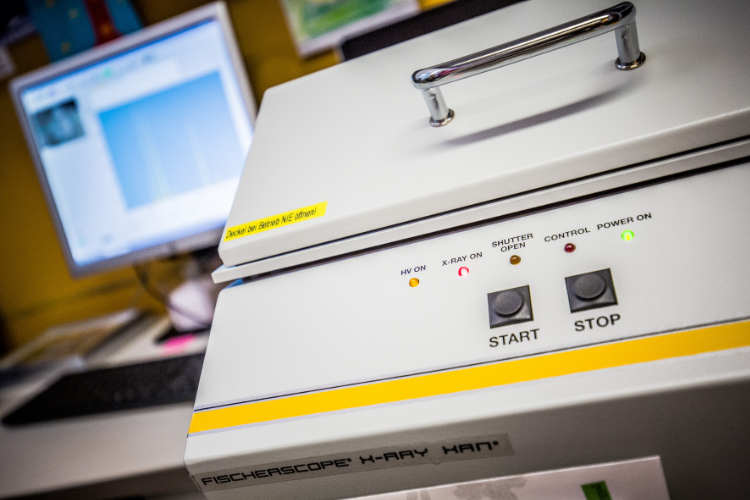
We also use our devices to test the electrical conductivity of a piece and can thus determine the authenticity of the coin alloy. X-ray fluorescence analysis (XRF) can also be used to determine the exact composition of an alloy. We also use tried and tested acid tests- especially for gold jewelry.
Conclusion
In general, it should be noted. There are no gold bargains that are significantly below the general gold price. However, if you are offered gold at suspiciously low prices, there is certainly a catch! You should be particularly careful when buying on the Internet. Most counterfeit gold investment products today come from China and are circulated via online platforms such as Ebay or Alibaba.
PS: Bite test
We advise against the "bite test", i.e. biting into the gold coin, as seen in films and by Olympic champions. If your piece is real gold, bite marks can actually appear in the soft metal and damage the gold piece permanently. Apart from the fact that there are other metals (lead, copper) that are even softer than gold, there is also a risk of damaging your teeth.

